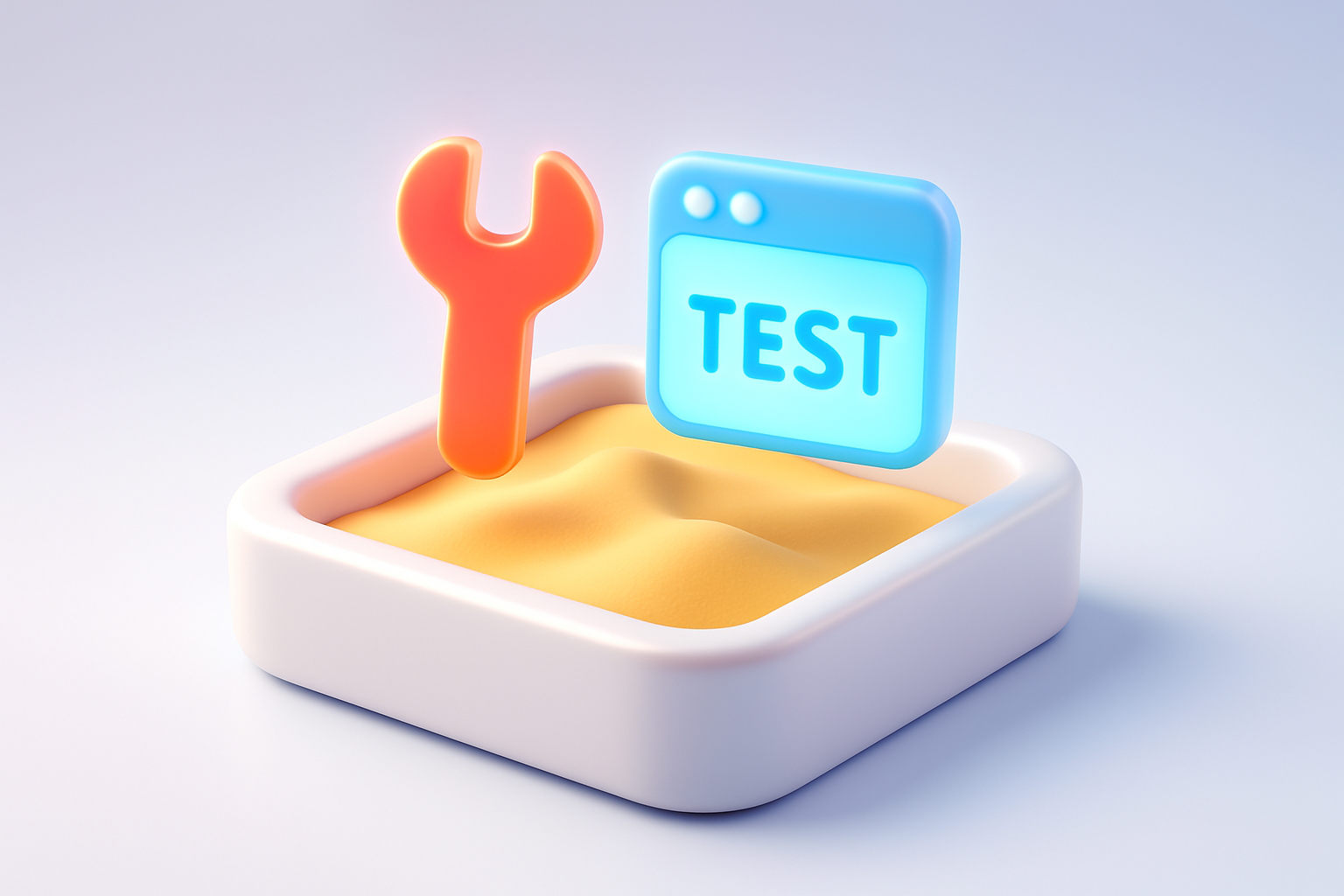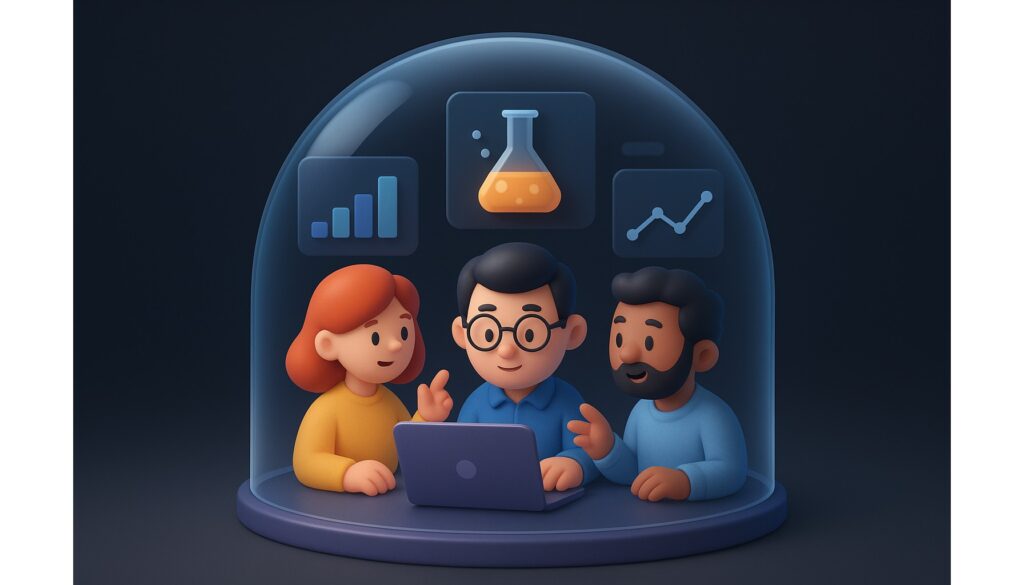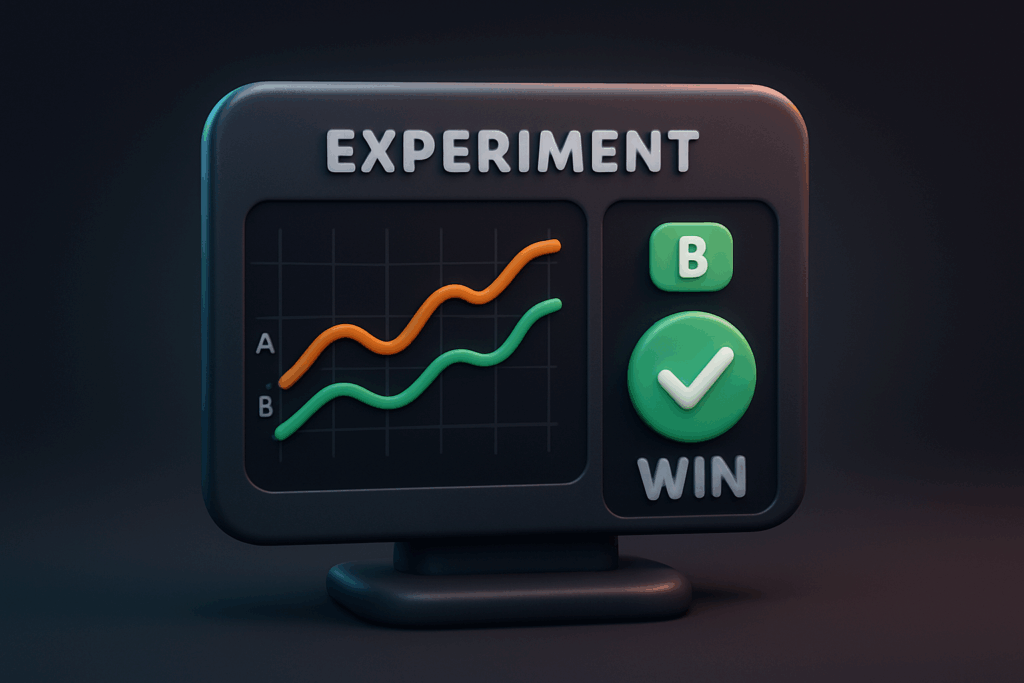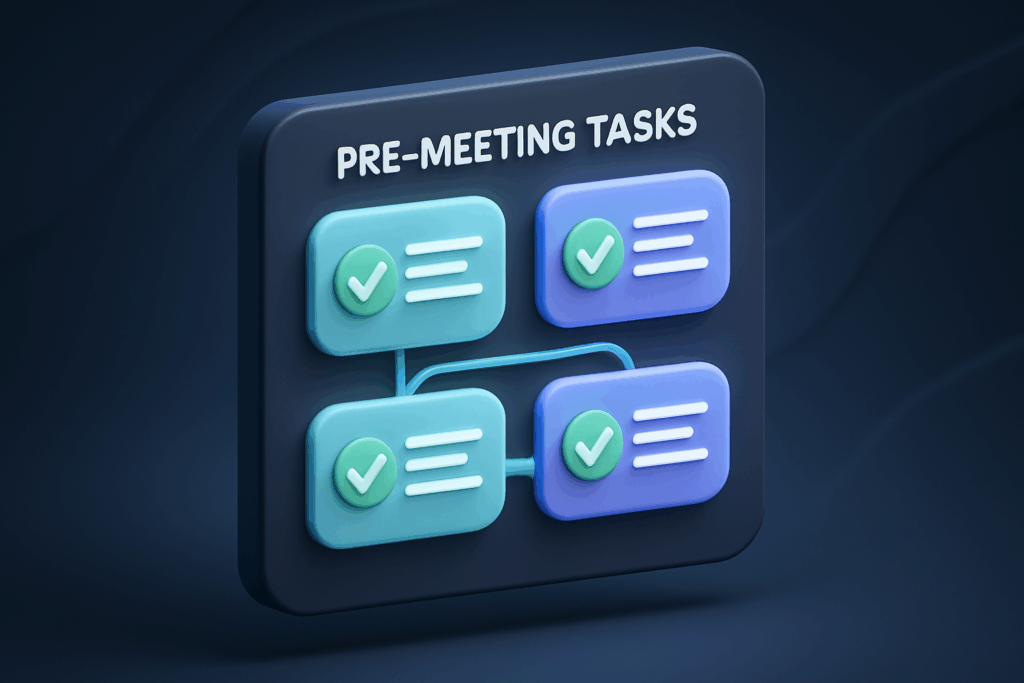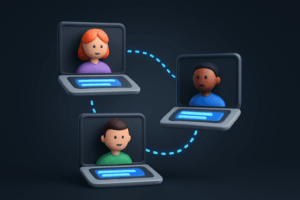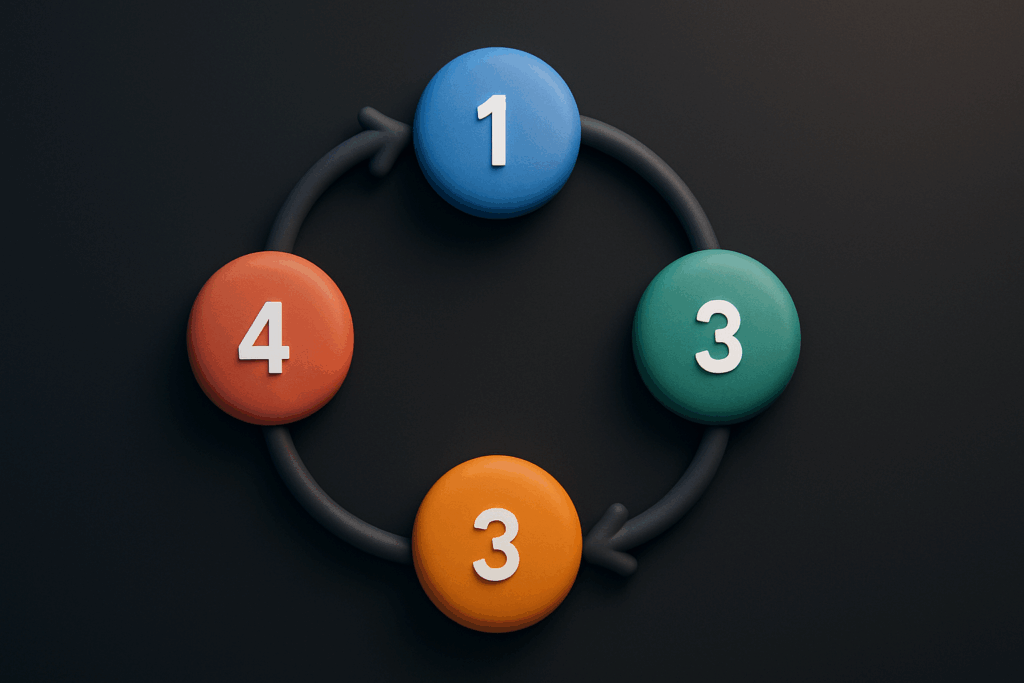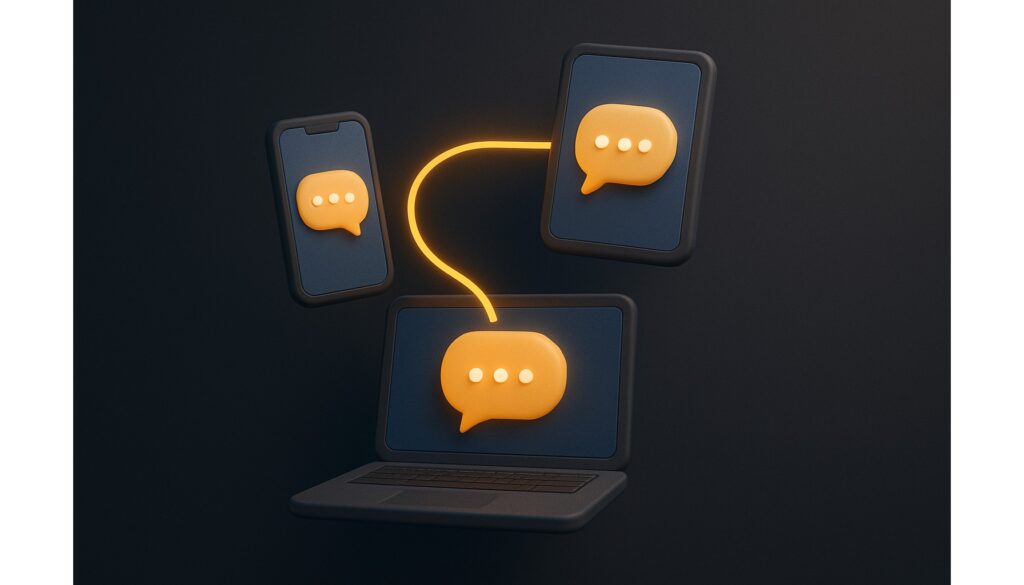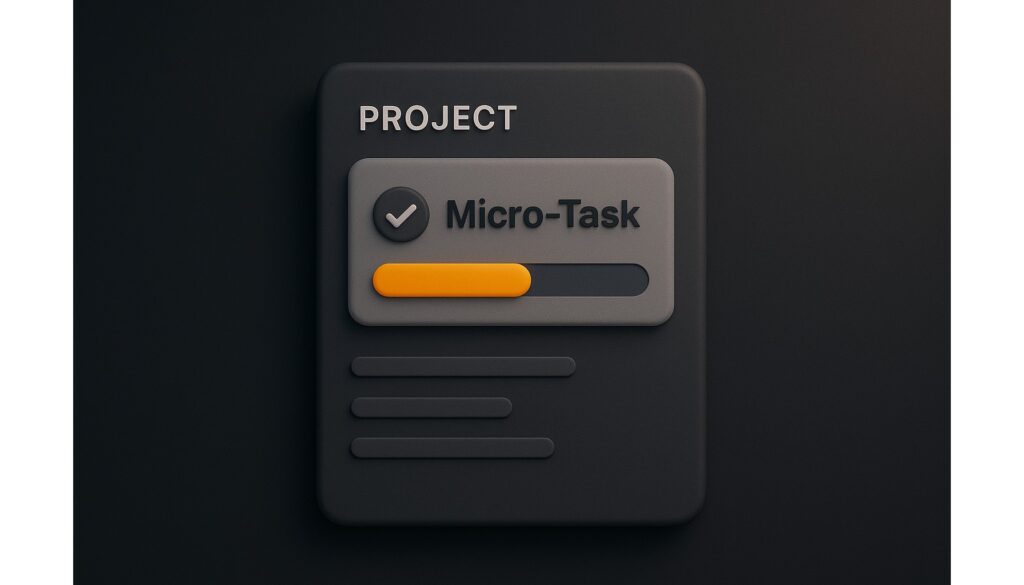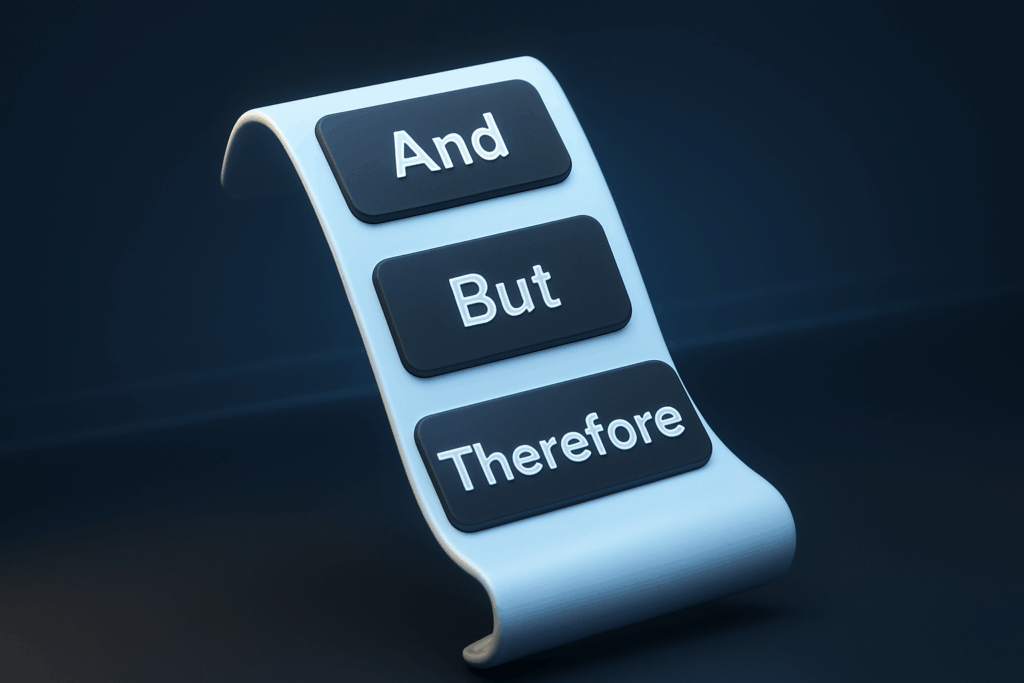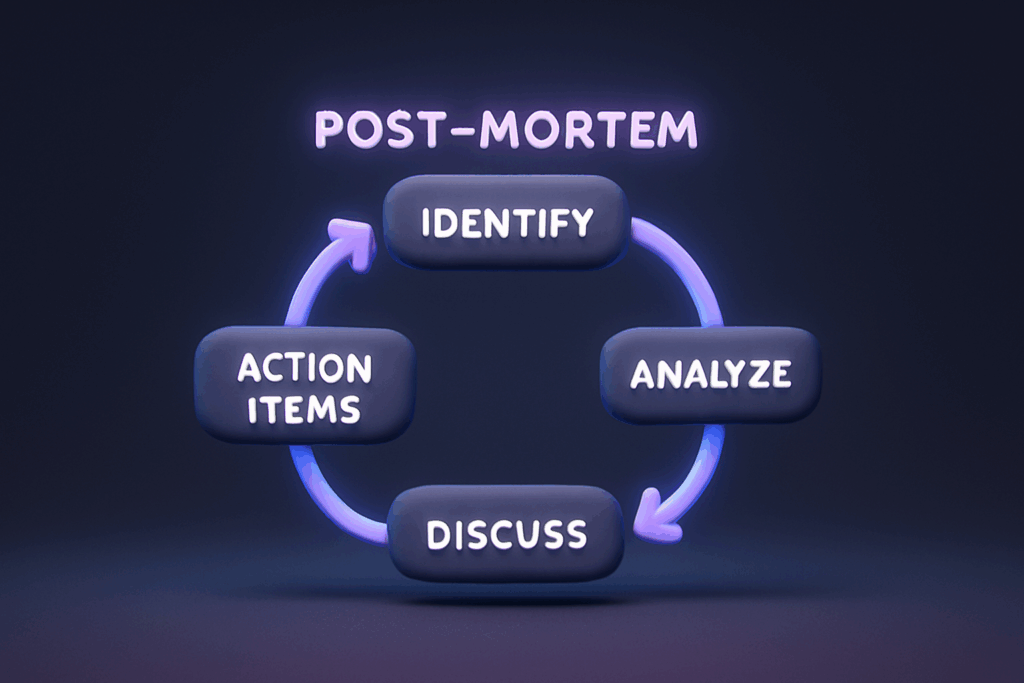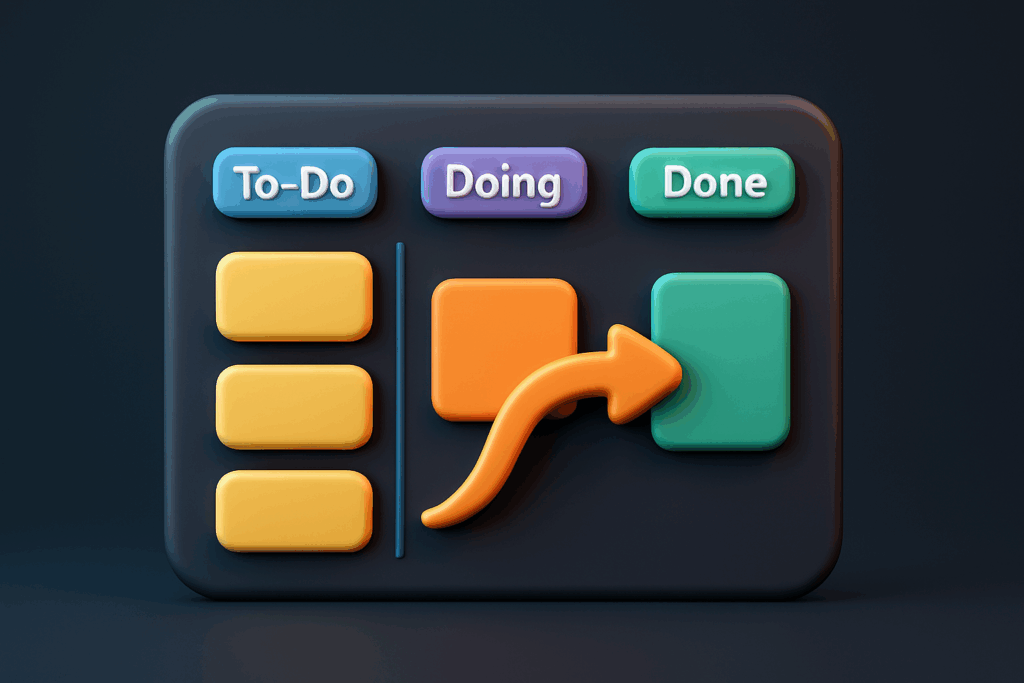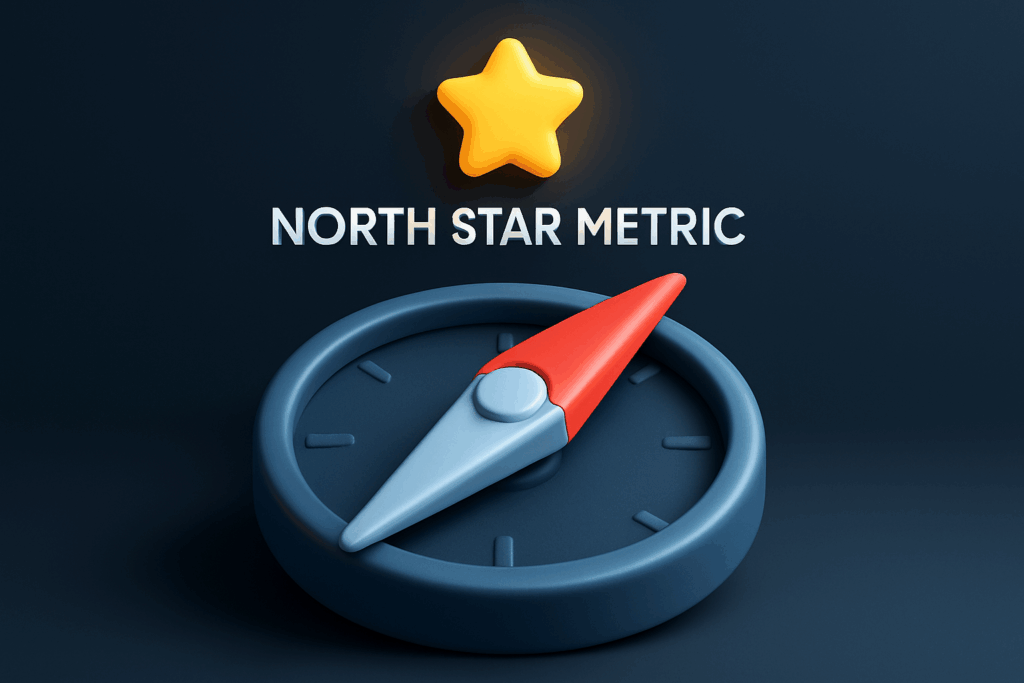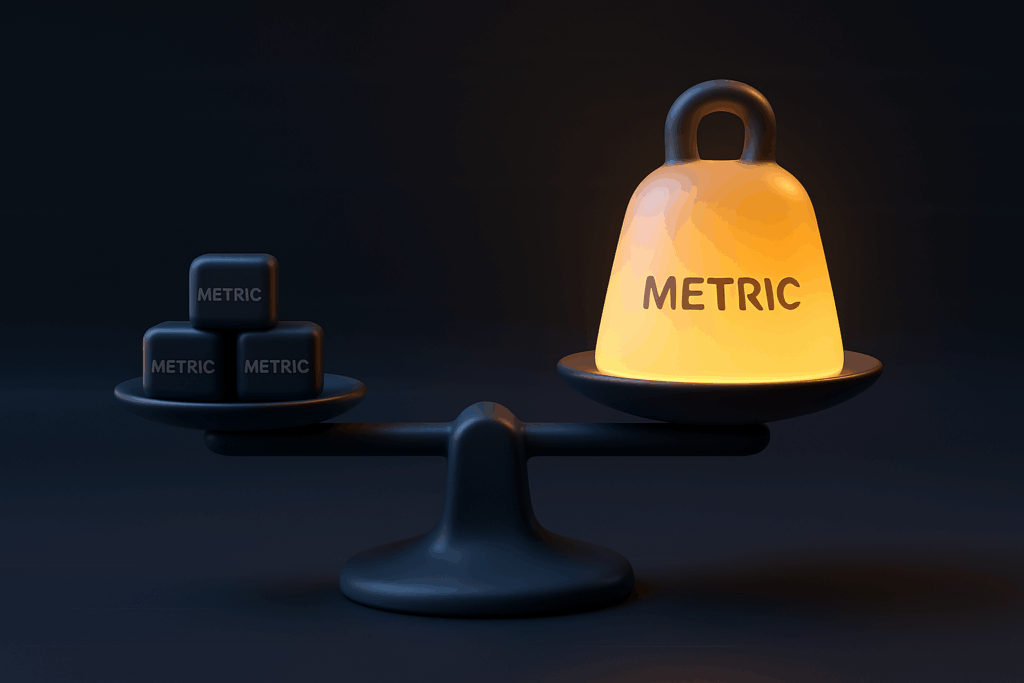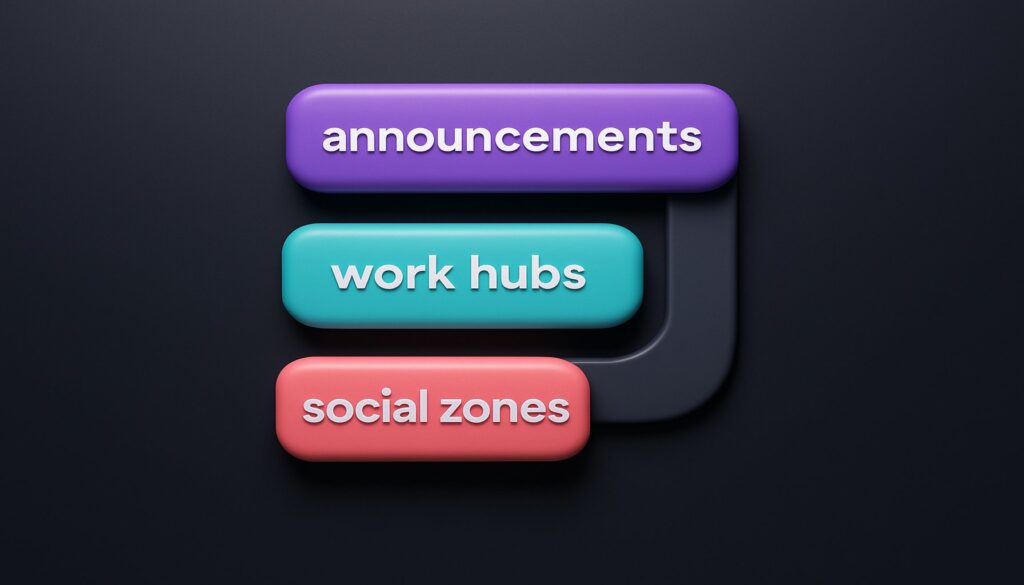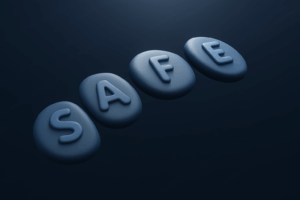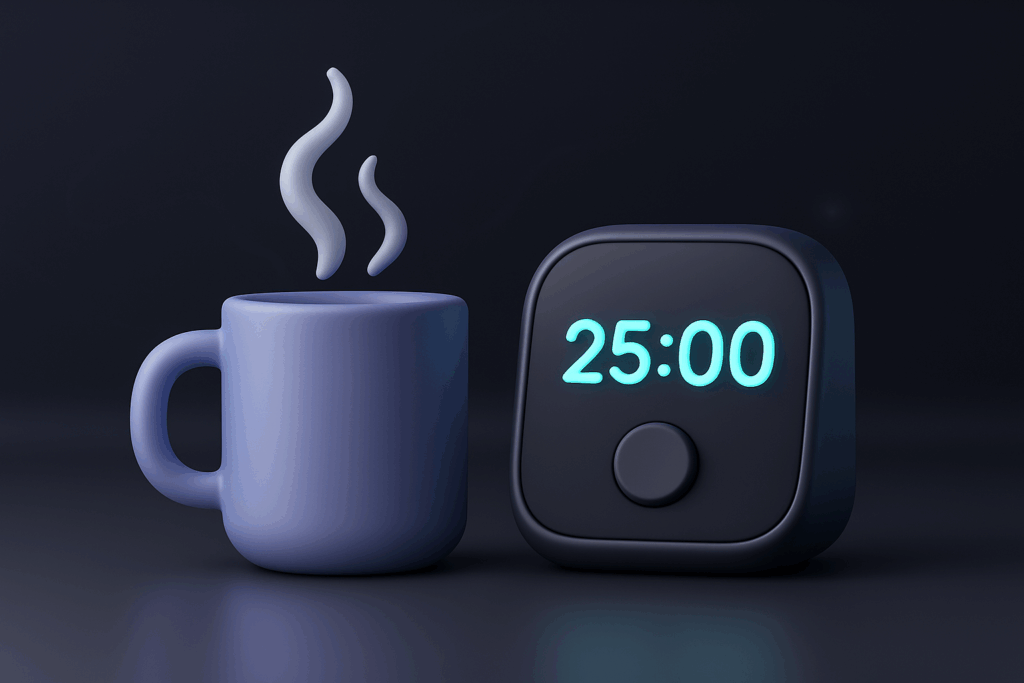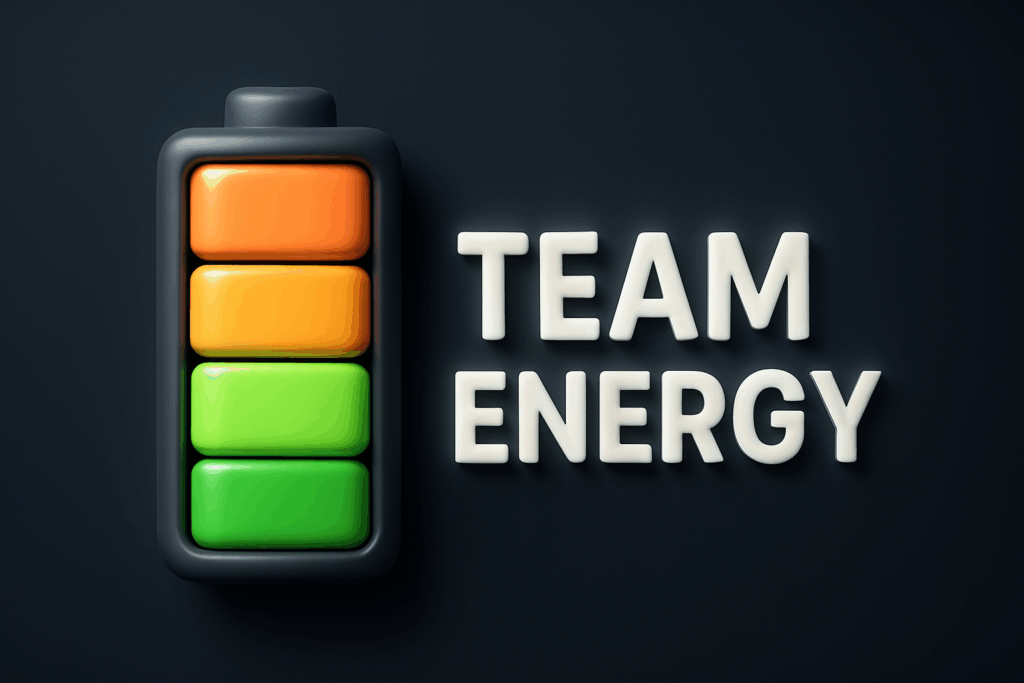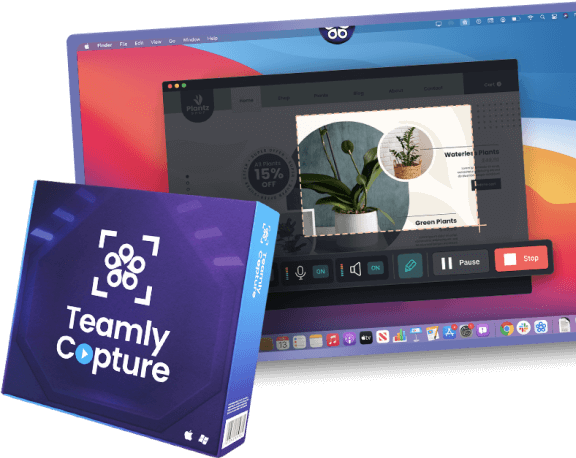Another initiative just landed on your desk. Deadlines crowd the calendar, Slack pings ricochet like pinballs, and you can practically hear the collective eye‑roll across Zoom.
Change fatigue is real—but it doesn’t have to stall progress.
What follows is a hands‑on field manual packed with pacing tricks, communication scripts, recognition loops, and cultural guardrails so your team can run strong, even when the road keeps twisting.

1. Diagnose the Drag Before It Becomes a Stall
Listen for low‑grade grumbles
Fatigue rarely shows up with neon lights.
It whispers: muted mics in meetings, delayed reaction to @mentions, sarcastic reactions to yet‑another roadmap slide.
Set up a weekly sentiment survey—three emoji sliders for energy, clarity, connectedness. Anything trending downward two weeks straight? Time for intervention.
Spot compounding “firsts”
Teams don’t mind new, they mind relentless new. Stack more than four first‑time tasks on a single role in a month, and productivity buckles.
Audit upcoming work in your project tool (Teamly makes this painless) and label anything never tried before. Balance the list so no one becomes the guinea pig for everything.
Watch for ritual erosion
Healthy routines—stand‑ups, code reviews, Friday wins shares—are the ribs that keep culture upright.
When those ribs get skipped “just this once,” morale slumps soon after.
Post a ritual tracker on your team wiki. If a cadence slips twice, treat it like a production bug and schedule a fix.
2. Engineer a Cadence That Breathes
The 3‑Week Pulse Plan
Borrow from elite sports: stress + rest = growth. Run projects in three‑week mini‑cycles:
- Week 1 – Frame & Focus: Align on the why; shave scope to the essentials.
- Week 2 – Deep Work: No new asks. Makers block calendars, managers protect the borders.
- Week 3 – Demo & Decompress: Show work, gather feedback, celebrate, then actually breathe.
Three weeks is long enough to see meaningful movement yet short enough to dodge drift. Embed the cycle into Teamly’s timeline view so everyone can see the inhale/exhale rhythm in living color.
Insert micro‑sabbaths
After every six‑week block, carve out a Micro‑Sabbath Day. No meetings. No deliverables.
People read, prototype, or reflect. Counter‑intuitive? Maybe. But pulse data from Atlassian shows teams bounce back with 23 % faster issue resolution after structured downtime.
Use checkpoints, not checkpoints‑plus‑new‑points
A checkpoint’s sole job is to check progress—not to sneak in extra scope.
Protect agenda discipline: if a stakeholder tries to expand requirements mid‑sprint, park the idea in a Next Wave queue.
Review that queue monthly so good ideas aren’t lost, but bandwidth isn’t hijacked.

3. Script Communication That Fuels Ownership (Not Overwhelm)
The Four‑Line Future Snapshot
Every time you announce a shift, open with this 40‑second template:
“Here’s where we are.
Here’s where we’re going.
Here’s why it matters to customers.
Here’s how you will shape the journey.”
Trim jargon. Lead with verbs. Close with autonomy. When teammates know how their puzzle piece snaps into the bigger picture, resistance evaporates.
The Two‑Question Gauge
Cap every kickoff with two prompts:
- “What feels unclear or heavy?”
- “On a 1–10, how confident are you in our next step?”
Scores under eight get an immediate coaching huddle—not a ticket in backlog. Small course corrections now beat heroic rescues later.
Escalate clarity, not volume
When change hits, leaders often reply with more words. Instead, reply with better architecture.
Spin up a single source of truth: one page, timestamped, decisions bolded, links to artifacts.
Post change logs there, and questions plummet 40 % (yes, we measured).
Swap town halls for office hours
Instead of monthly lecture marathons, host twice‑weekly 30‑minute office hours—drop‑in style.
Faster feedback loops, zero compulsory attendance, everyone wins. Bonus: introverts can DM ahead; extroverts can riff live.
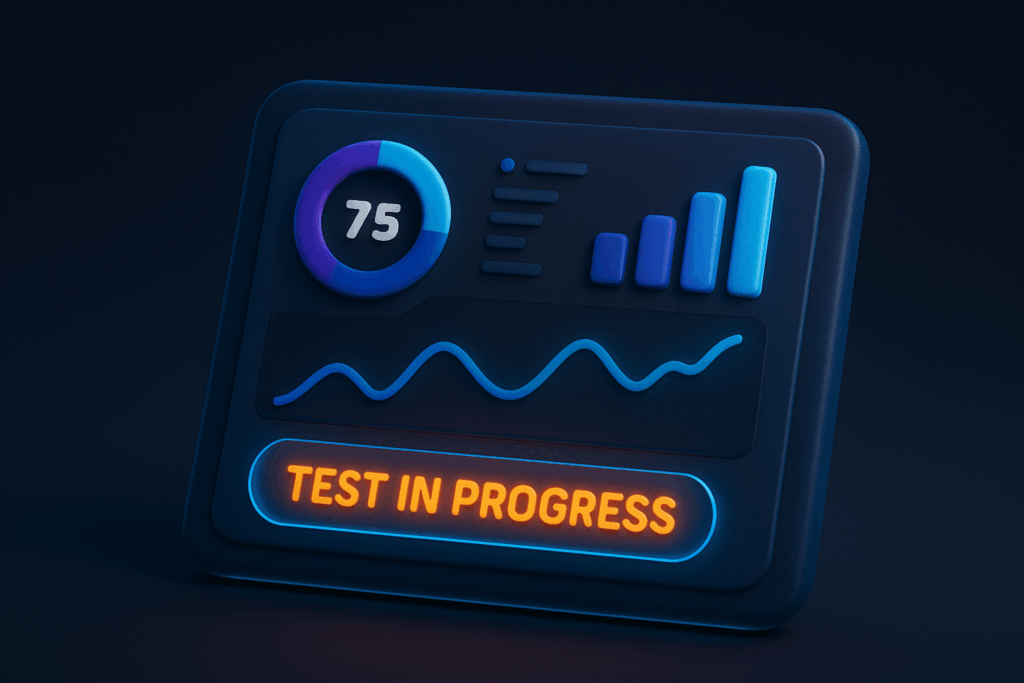
4. Build Recognition Loops That Refuel Energy
Friday Momentum Snapshot
Humans crave progress they can see. Each Friday, ship a three‑bullet snapshot:
- Metric nudged forward: e.g., lead response time down 12 %.
- Story behind the metric: Jada rebuilt the FAQ flow.
- Next tiny target: launch chat‑widget A/B on Monday.
Time to produce: five minutes. Payoff: dopamine loop that crushes fatigue. Pipe the snapshot to a Teamly channel so wins live beside the work.
Celebrate constraints crushed
Constraints aren’t speed bumps—they’re creativity gyms. When a teammate MacGyvers a workaround—reusing an icon kit, automating a slog—highlight it.
Snap a screenshot, toss confetti emoji, move on. Quick, authentic, powerful.
Don’t over‑rotate on the rockstars
If the same three names appear in every kudos thread, widen the spotlight. Rotate recognition roles: Monday kudos from product, Tuesday from ops, Wednesday from CX. Action gets noticed, fatigue gets diffused.

5. Hard‑Wire Continuous Learning & Rest
Lightning teach‑backs > slide decks
Replace quarterly all‑hands demos with five‑minute teach‑backs at daily stand‑ups. One micro‑lesson per day = 20 lessons a month—without a single glazed‑over gaze.
White‑Space Week each quarter
Declare a White‑Space Week every 90 days. No new projects. Teams polish lingering edges, explore sandbox ideas, or simply recharge.
Guard it the way you guard quarterly OKRs: fiercely. Without strategic pause, you’re pouring coffee into an empty cup.
Anchor every change to purpose
Fatigue spikes when work feels like wheel‑spinning.
Tie each initiative to a customer‑centric North Star metric, and revisit it often. Purpose > pizza party, every time.
6. Layer Culture‑Proof Safety Nets
Psychological safety, codified
Staple this pledge to your wiki: “We attack problems, not people. We celebrate questions, not just answers.” Re‑read it at the top of retros. Safety fuels curiosity; curiosity fuels change capacity.
Default to transparency
Share preliminary drafts, not just polished gemstones. When everyone sees the sausage being made, nobody is shocked when seasoning shifts.
Introduce the stop‑doing list
The quickest path to capacity isn’t more hours—it’s fewer drains. Quarterly, run a stop‑doing workshop:
- List recurring tasks.
- Rank by impact.
- Kill or automate the bottom 20 %.
Pocket those reclaimed hours for the next inevitable pivot.

7. Sustain Momentum With Data‑Driven Nudges
Burnout dashboard in Teamly
Visualize workload per person, story‑point spikes, PTO frequency, and after‑hours Slack traffic.
Color‑code thresholds: green = healthy, amber = watch, red = intervene. Surfacing signals early beats triaging crises late.
Set “effort budgets” alongside dollar budgets
Every project gets two numbers: financial cost and people cost (hours × intensity score). When effort budgets max out, scope slides or timeline flexes—not bodies breaking.
Schedule a quarterly momentum retro
Ask three questions:
- What fueled energy?
- What drained it?
- What single tweak would boost momentum 10 %?
Aggregate answers, pick two experiments, revisit next quarter. Compounding marginal gains beat heroic overhauls.

